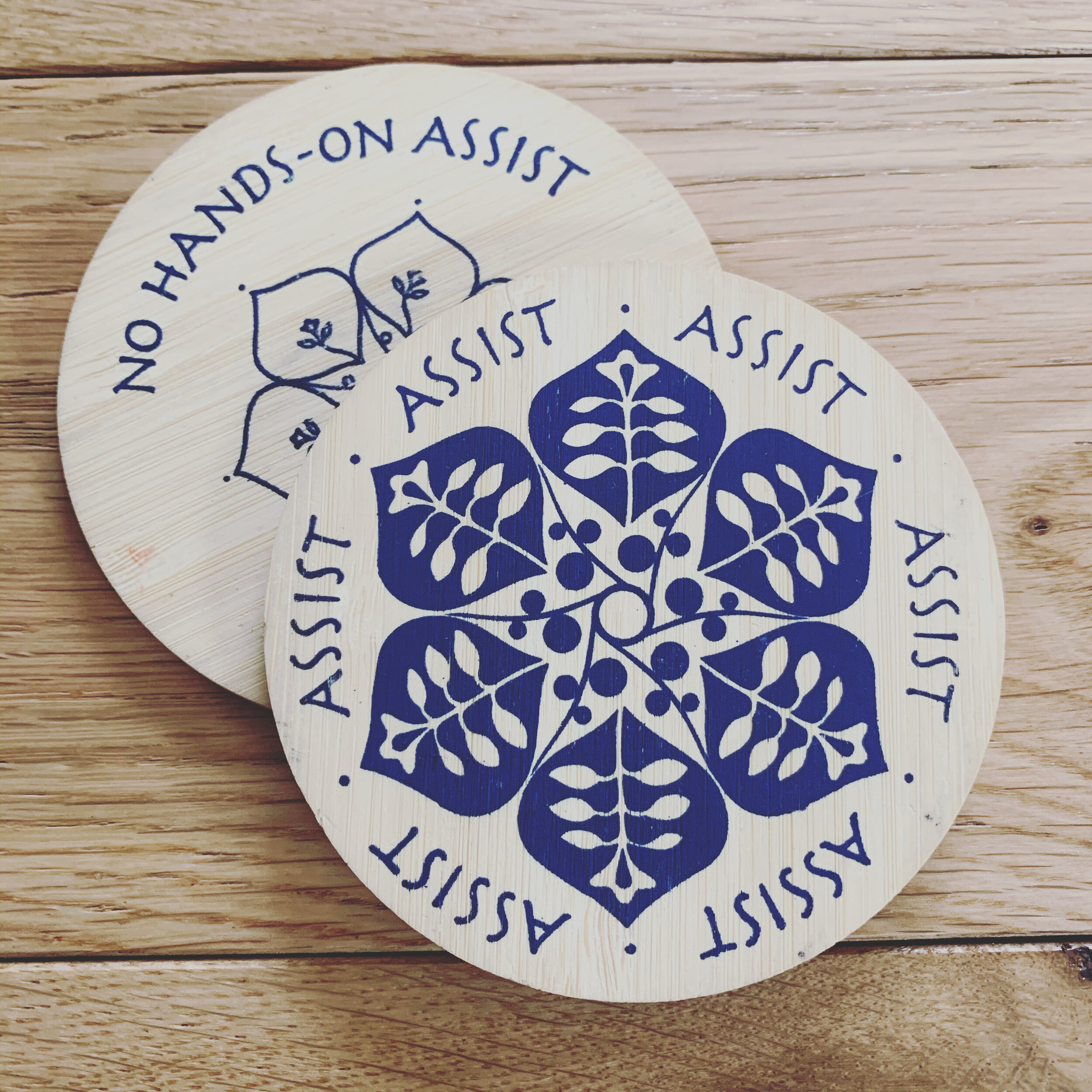Breath
What are your earliest memories of your breath?
I grew up about two blocks from a lake in the midwest. My summers were spent at the beach with my sisters, cousins, and neighbors. Each year, my mother signed us up for swimming lessons.
In general, I loved swimming. Although, I really struggled with the test that challenged you to hold your breath. I found myself afraid and trying to use my hair to obscure the fact that I wasn’t really underwater.
When plugging my nose and going under, I could feel the pressure in my body build and the seconds ticked by. As that pressure and anxiety built, I would burst to the surface and gasp for air. While swimming underwater didn’t frighten me at all, the prolonged breath holds were another matter entirely.
I found the same experience in yoga many years later.
The breath-based movement was a calming, soothing, and grounding experience. But holding my breath immediately triggered that same pressure and anxiety I felt in the lake when I was eight.
I remember my teacher coming up to me after guiding the class in a kumbaka (breath retention). She observed and commented on the anxiety that I was displaying during the practice.
Anxiety was a regular feature in my life in 2004. I was a recent college graduate still moving through my days as a perfectionist. The marketing agency I worked at went through another round of lay-offs and I was unemployed one year after finishing college.
After just over three years of practicing yoga, I had found my way into my first vinyasa class at a yoga studio ½ block from my first apartment in Chicago. The alchemy of breath and movement offered a soothing and intoxicating effect that further revealed the diversity in yoga practices.
I stopped drinking alcohol knowing my occasional black-out was dangerous, especially in a city like Chicago. I started taking daily yoga classes and registered for a yoga teacher training at my neighborhood studio.
My life was changing. I was changing.
I began to see how my breath was intimately showing me what my mind and heart were telling me. I started to feel anxiety as a tightening of my diaphragm, a shallow breath, and the rapid pulse of my heart. I now had tools from yoga to observe these effects and consciously shift them. I could gently sigh and take a longer exhale. The anxiety, when named, recognized, and connected to my breathing, gradually softened around the edges.
I started to apply the teachings of the Venerable Samu Sunim to breathing, yoga, and life.
“The Dharma is: Intimate, Immediate, Spontaneous, and Obvious.”
Letting go of over-controlling my breath invited a new relationship to pranayama (breathing practices). By observing and softening my breath, the kumbhakas and retentions became more spontaneous and invited. They brought ease to my mind and body in a way that was unexpected and welcome.
It’s this curiosity and intimacy that I bring to the breath in a yoga class. By inviting breath awareness, each student can discover their own breath-print and its uniqueness. Through this discovery process, the breath can be felt as the mover, the life-force.
I often imagine that breath moves like a wave. The pulse of this wave is ever-changing and revealing.
What does the wave of your breath-print teach to you today?





